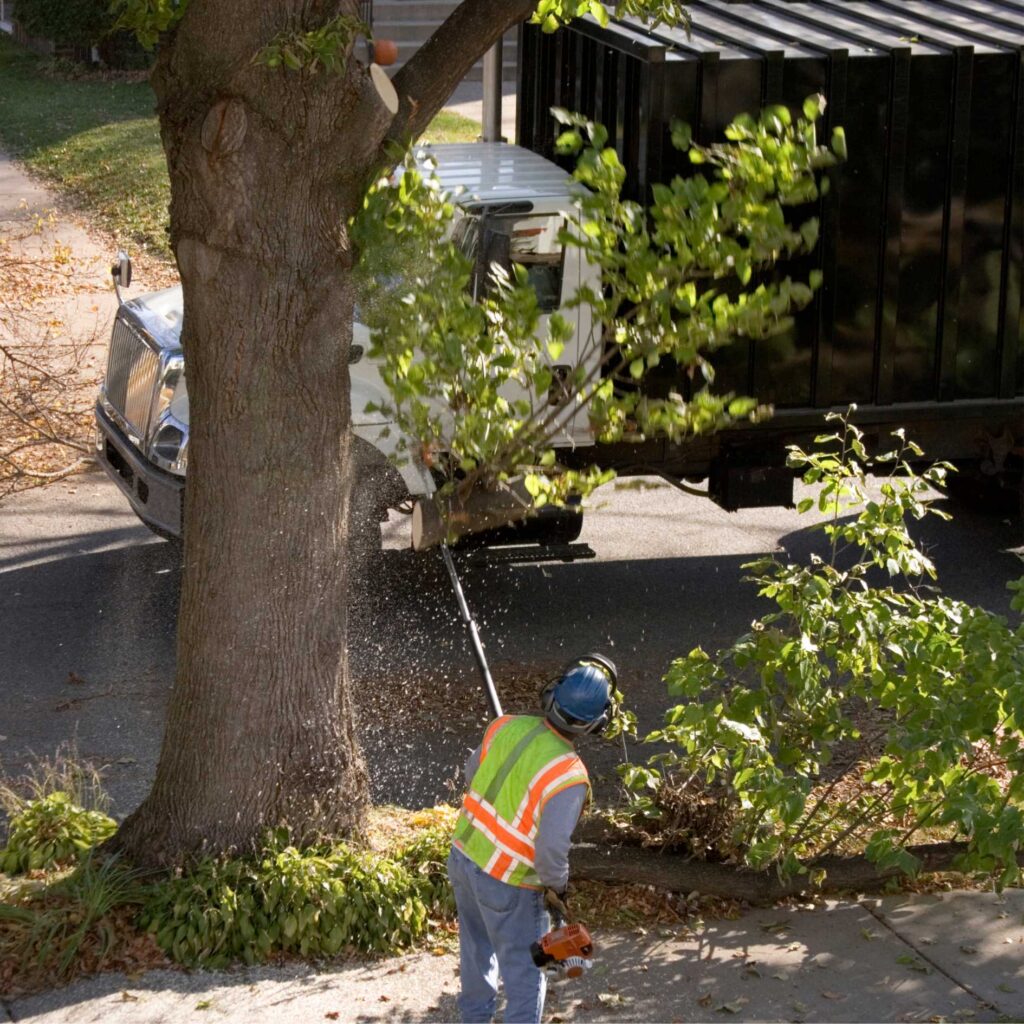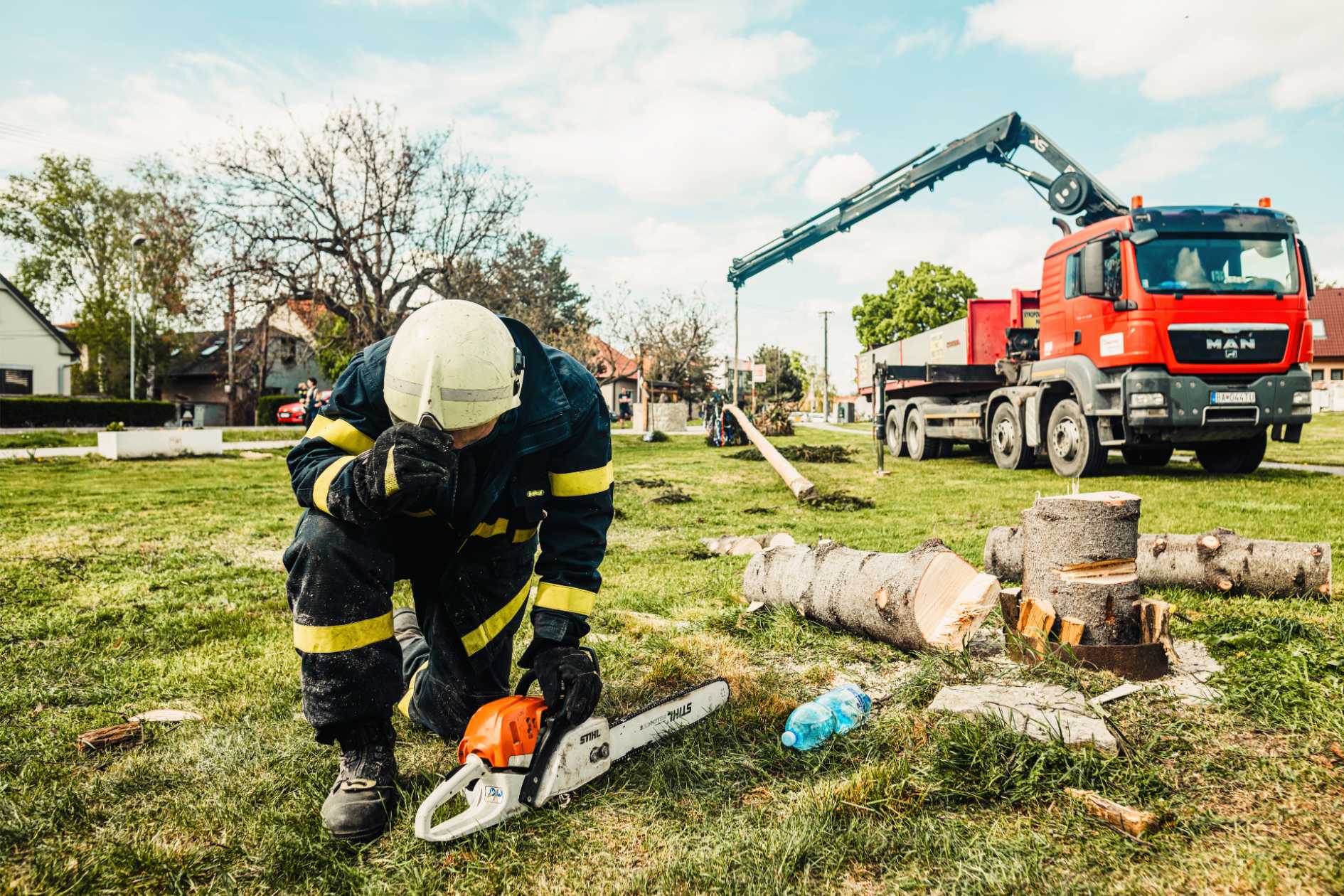hazardous tree removal
Introduction:
In the delicate balance between nature and civilization, hazardous trees stand as silent threats, posing risks to lives, properties, and the environment. The meticulous task of hazardous tree removal is not merely about cutting down trees; it’s about safeguarding communities and preserving safety. In this article, we delve into the critical importance of hazardous tree removal and the indispensable role it plays in ensuring the well-being of our surroundings.
Identifying Hazardous Trees:
Hazardous trees come in various forms, from those weakened by disease or pests to those structurally compromised by age or environmental factors. In urban and suburban areas alike, these silent hazards lurk, waiting for the perfect storm or a sudden gust of wind to unleash their destructive potential. Arborists and tree experts play a pivotal role in identifying these threats through meticulous inspections and assessments, utilizing their expertise to discern signs of instability or decay that may not be apparent to the untrained eye.
Mitigating Risks to Safety and Property:
The consequences of leaving hazardous trees unchecked can be dire. Fallen branches or uprooted trees can cause property damage, block roadways, disrupt power lines, and even pose life-threatening hazards to pedestrians and motorists. Timely removal of these trees is essential to mitigate these risks and prevent accidents before they occur. Professional tree removal services employ specialized equipment and techniques to safely dismantle hazardous trees, minimizing the potential for collateral damage and ensuring the safety of both workers and bystanders.

Preserving Environmental Integrity:
While the removal of hazardous trees may seem contrary to environmental conservation efforts, it is often a necessary step in preserving the overall health and vitality of ecosystems. By eliminating diseased or dying trees, arborists prevent the spread of pathogens and pests that can ravage surrounding vegetation. Moreover, strategic removal of hazardous trees creates opportunities for replanting with native species, fostering biodiversity and ecological resilience in the long term. Click here to read about Tree Removal In Troy, MI.
Community Engagement and Education:
Effective hazardous tree removal extends beyond the physical act of cutting down trees; it requires active community engagement and education. Local authorities, homeowners’ associations, and environmental organizations must work together to raise awareness about the importance of proactive tree care and the risks associated with neglected trees. By empowering residents with knowledge about identifying hazardous trees and reporting potential threats, communities can play a proactive role in safeguarding their neighborhoods and green spaces.
Conclusion:
In the intricate tapestry of our urban and suburban landscapes, hazardous trees represent hidden dangers that demand our attention and vigilance. Through proactive identification, strategic removal, and community collaboration, we can mitigate these risks and create safer, more resilient environments for all. Hazardous tree removal is not merely a service; it’s a testament to our commitment to safeguarding lives, protecting properties, and preserving the natural beauty that enriches our lives. Together, let us embark on this journey towards safer, greener communities, where the whispering leaves of healthy trees stand as a symbol of resilience and renewal.
